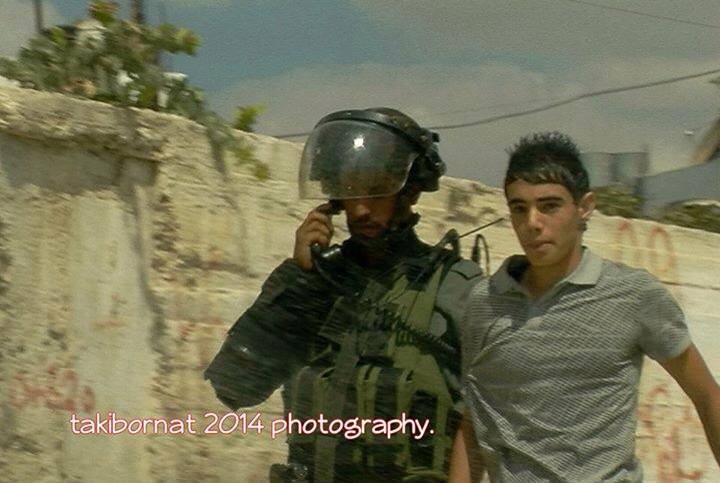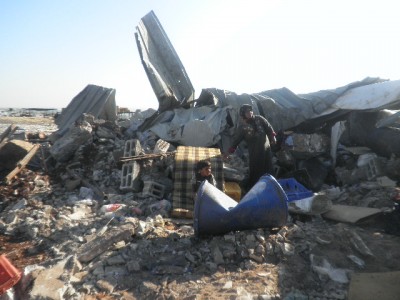Author: ISM Media
-
20-year-old Palestinian activist violently detained and arrested at Hebron checkpoint
28th November 2014 | International Solidarity Movement, Khalil team | Hebron, Occupied Palestine Israeli forces violently detained and arrested twenty-year-old Palestinian activist Imad Altrash at approximately two o’clock yesterday in al-Khalil (Hebron). Soldiers accused him of insulting and yelling at them at Shuhada checkpoint. No soldiers claimed that Imad threatened them or behaved violently. On…
-
Thank you, Ibrahim is home
23rd November 2014 | International Solidarity Movement | Bil’in, Occupied Palestine The Bil’in Popular Committee would like to thank everyone who supported Ibrahim Abu-Rahma, the 15-year-old boy who was arrested on September 14th while walking to school. A military judge ruled that he could be released on a 5000 NIS bail, and Ibrahim is now at home with his…
-
Home demolition orders issued in Qalqilya
24th November 2014 | International Solidarity Movement, Nablus Team | Hajja, Occupied Palestine On Monday November 17th, the Israeli occupation army invaded the village of Hajja, in the Qalqilya district and issued five home demolition orders. The village of Hajja includes land that is officially considered Area C, as well as Area B, but the village…



